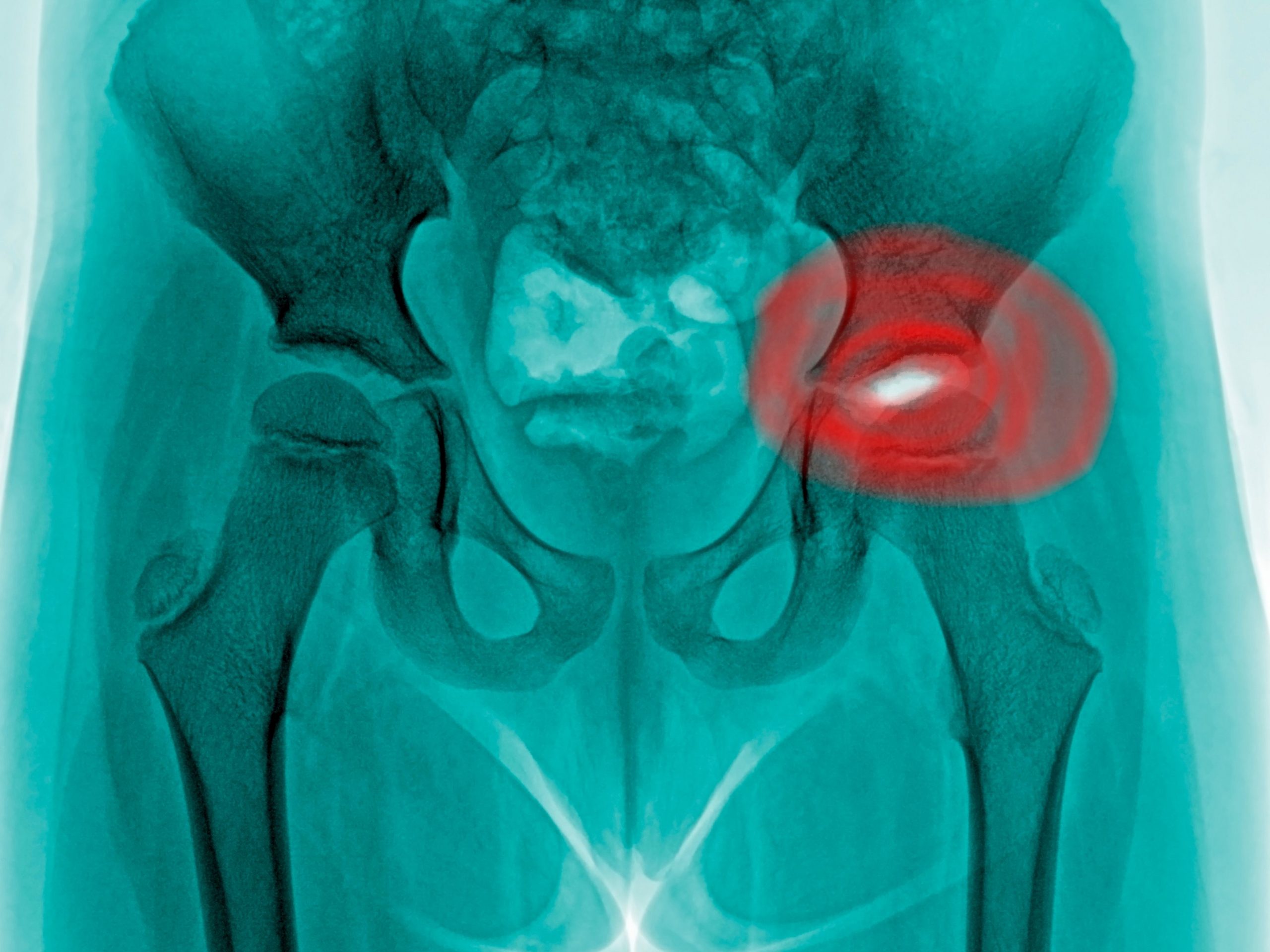All you need to know about Femoroacetabular impingement (FAI)
What is Femoroacetabular impingement (FAI)?
Femoroacetabular impingement is pinching of the labrum between the thigh bone and the acetabulum during the hip movement. There are several factors which may contribute to the development of the FAI. Some of them are previous hip operation, family history of FAI, repetitive activities such as running or cycling. Biomechanical alterations of the hip joint may also contribute to the development of FAI. In some cases, FAI might also be congenital, meaning that the condition was present since birth. There are two types of FAI. One is more prevalent to males and other to females, however, to date, there is no clear differentiation on why this is the case.
Types of FAI:
There are two types of FAI which are cam and pincer:
- Cam – the flattening of the femoral head causes this type of impingement , which is the head of your thigh bone forming the hip joint. Flattening of the femoral head results is misshaping of the bone causing it to irritate the acetabulum during the hip movement. It is suggested that cam type of impingement is more prevalent in males.
- Pincer – the deepening of the acetabular rim causes this type of impingement , this is where the head of femur sits in to form the hip joint. When the acetabular rim depth is increased, movement of the hip joint is limited causing the head of femur to rub onto the labrum. This type of impingement is more prevalent in females.
Symptoms of FAI:
There are many cases where cam or pincer type impingements cause no symptoms whatsoever. It is also suggested that people with symptomatic impingement have both types of FAI. If FAI is symptomatic, you might experience the following:
- Pain and ache in the groin or inner hip area usually after prolonged activity or sitting.
- Hip might feel stiff and less mobile.
- Lower back pain.
- Locking, clicking, catching or giving way of the hip.
- Difficulty bending forward to put on your sock or shoes.
- Difficulties stair climbing.
Diagnosis of Femoroacetabular impingement (FAI):
A thorough history of presentation and physical examination is a must when diagnosing the FAI.
Complications:
It is extremely important to diagnose the FAI as early as possible. If misdiagnosed and mistreated, it may result in permanent labral damage and calcification of the cartilage which may lead to the development of osteoarthritis of the hip.
FAI prevention:
Unfortunately, there are no guarantees that you will be able to prevent the FAI. However, there are certain measures that can be taken to reduce the chances of FAI.
- If you notice that particular physical or any other activity is constantly causing discomfort and pain in your inner hip or groin area, try to moderate the activity level.
- If you have a history of hip injuries and traumas, ensure to do some hip and core strengthening exercises so that your muscles are strong enough to support the hip joint.
Conservative management of FAI:
In most cases, FAI can be managed with the conservative treatment such as manual therapy and exercise therapy.
Due to the pinching of the labrum, muscles around the area usually tighten up to protect the hip joint. It may also affect the biomechanics of your walking and other daily basic activities, hence, treatments such as massage of the surrounding muscles and increasing space in the joint with other manual therapy techniques can relieve the symptoms for a couple of days to a couple of weeks depending on the severity of the FAI.
Exercises will help to strengthen the muscles around the hip joint so that they can provide better support and fatigue slower.
Surgical management of FAI:
When conservative treatment fails, arthroscopy is the most common invasive approach to treat the FAI. The type of arthroscopy will vary depending on the severity of the FAI and damage done to the hip joint. It can include femoroplasty, which is a reshaping of the femoral head, acetabuloplasty, which is a reshaping of the acetabulum and/or labral repair when needed. Try to learn how to diagnose the pelvic congestion syndrome or call the nearest clinic to check yourself.
However, it is important to keep in mind that arthroscopy does not always work. It might help you to improve range of movement in some areas but not all, hence, it is important to ask your consultant if having an operation is an optimal treatment approach for you.
We hope this information is useful for you. If you need advice or have any questions about our treatments, please contact us. You can find us in Mill Hill Broadway Islington. We are always happy to help. If you like this blog, please share!
References:
https://www.ncbi.nlm.nih.gov/pmc/articles/PMC6670054/pdf/ijspt-14-514.pdf
https://www.ncbi.nlm.nih.gov/pmc/articles/PMC3238006/pdf/11999_2011_Article_2015.pdf



